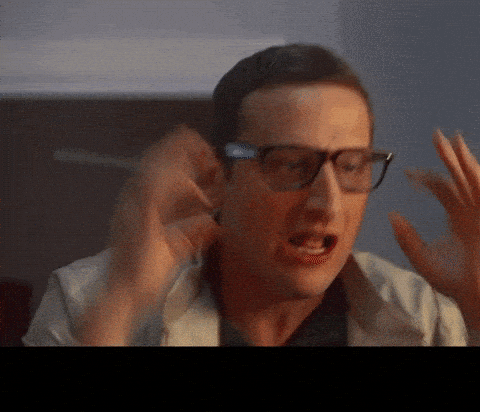- Invisible Rules
- Posts
- So You're "Solving a Problem." Want a Cookie?
So You're "Solving a Problem." Want a Cookie?
Why your brilliant solution is probably still doomed, and the one shift in thinking that separates winners from expensive hobbies.
TLDR; The startup gospel tells you to “fall in love with the problem.” It’s a trap. Your success isn't defined by the what (the problem), but by the how (your unique method) that delivers a radically better outcome your competitors can't touch.
In this issue, we'll tackle:
Why the obsession with the "problem" is an intellectual dead end.
The invisible rule that separates winners from well-intentioned failures: It's all about your how.
How my own company used this principle to outsmart a billion-dollar industry.
The single question that reveals if your startup idea is a winner or just an expensive hobby.
Let's dive right in.
Every startup guru, from your LinkedIn feed to that overpriced conference speaker, chants the same mantra: “Fall in love with the problem!”. They tell you to find a big, painful, underserved problem and obsess over it.
Adorable.
That’s not knowledge. That’s a recipe for building a "me-too" solution in a crowded market, fueled by the dangerous belief that identifying a problem is the same as creating value. It’s a trap that leads founders into an intellectual cul-de-sac, where they spend months validating a problem everyone already knows exists, only to arrive with a solution that’s marginally different at best.
The brutal truth? The market doesn't reward you for identifying a well-known problem. It rewards you for solving it in a way that makes the old way look laughably obsolete.
The Invisible Rule: Your "How" is the Real Moat
Here's the invisible rule that actually matters: Your success isn't determined by the uniqueness of the problem you solve. It's determined by the uniqueness of how you solve it.
That how is your secret weapon. It’s your proprietary method, your unique process, your counterintuitive insight. It’s the engine that produces a radically better outcome for your customer—and it’s the only truly defensible moat you have.
I learned this firsthand while building my last company, MotivBase. The problem we tackled—market research—was about as old and crowded as it gets. Thousands of firms were already helping companies "understand the consumer" through surveys, focus groups, and trend reports. Had we focused only on the what, we would have been just another vendor begging for attention.
Our breakthrough came from obsessing over our how. While our competitors were asking people questions, we used our background in social and cultural anthropology to decode how culture really drives consumer behavior online. We built an AI-powered platform to do it at scale, but the technology was just the vehicle for our unique method.
This unique how became our most powerful credibility trigger. In a sales call, the moment we started talking about decoding the hidden meaning behind consumer conversations instead of running another survey, even the most skeptical VPs would lean in. Why? Because we presented a counterintuitive insight that challenged their worldview, instantly signaling that we understood the game at a deeper level than our competitors.
The Clincher: A Radically Better (even different) Outcome
Now, a unique method is just a fun party trick unless it delivers a radically better or different outcome. This isn't about being 10% faster or cheaper. It's about delivering a result so novel or interesting that going back to the old way feels well, old-school.
Our anthropological how gave our clients an outcome they couldn’t get anywhere else: it showed them the "why" behind emerging trends that their competitors completely missed. They stopped guessing and started making strategic decisions with a level of confidence they’d never had before.
That outcome—going from confusion to clarity—is what made us essential. It addressed the unspoken expectation every executive has: to not get blindsided by the market.
The Only Question That Matters
So, forget the endless validation cycles and the PowerPoint-friendly fantasies. If you want to know if your startup idea has a real shot, you need to stop asking, “Is this a big enough problem?”
Ask yourself this instead:
“Is my method for solving this problem so unique that it delivers an outcome my customer can't get anywhere else?”
If the answer is a resounding "yes," you've got a winner. You’re no longer just another vendor peddling features; you're an innovator with a unique point of view. You're not just competing; you're making the competition irrelevant.
Everything else is just noise.
My Provocative Question for You:
What's one part of your "how" that your competitors are too lazy, too scared, or too conventional to even attempt?
Hit reply and tell me. I’m collecting heresies.





Reply